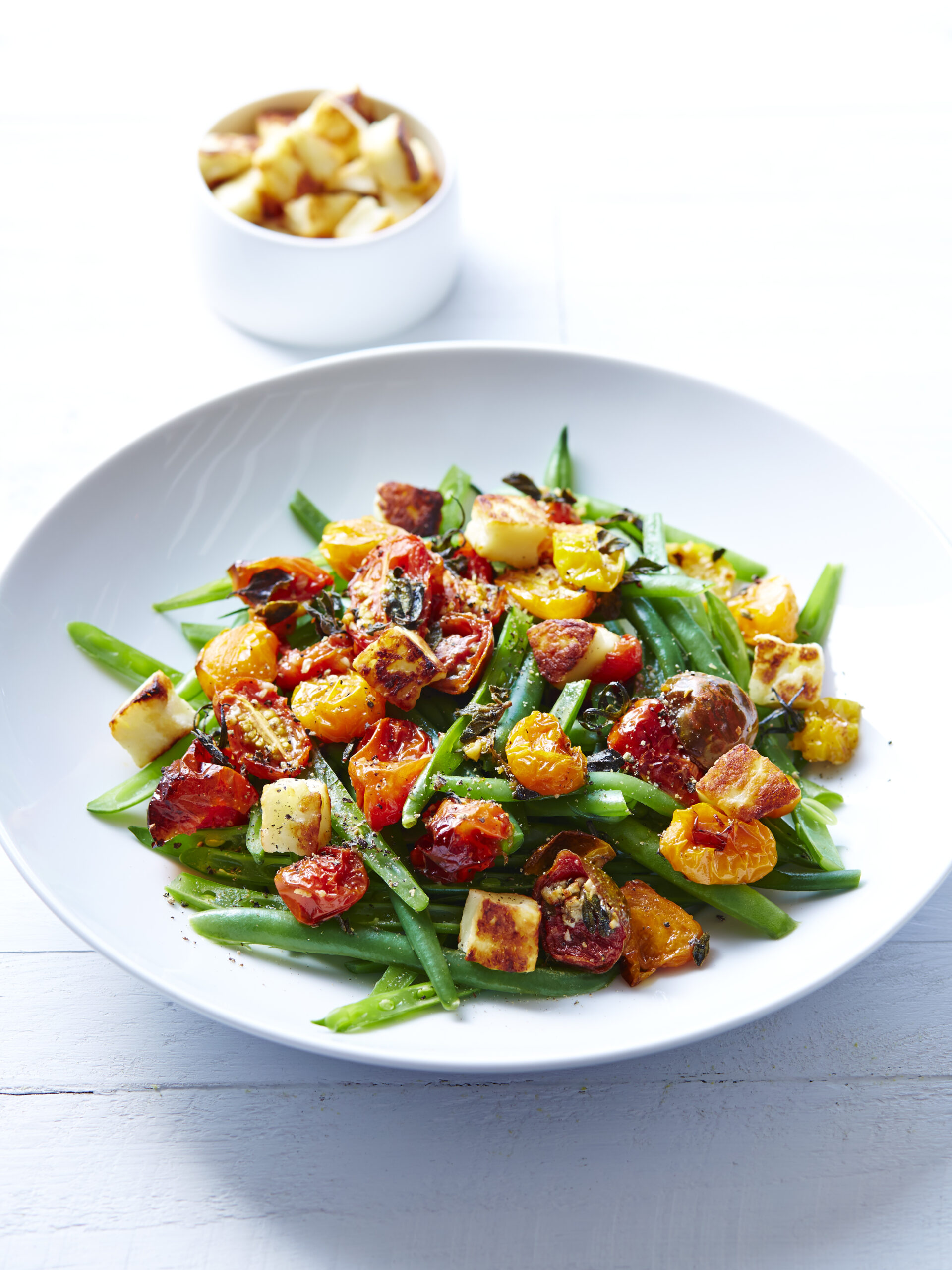According to Wikipedia, the term salad days became popular in the middle of the 19th century as an expression that referred to a period of youthful inexperience or indiscretion. These days it more commonly refers to a time when a person is at the peak of their abilities. If we take the term literally to mean days when we eat lots of salad, knowing how healthy dark green leaves are, it’s easy to understand why the definition has changed. Salads made from fresh dark leafy greens are particularly good for you and when you combine these leaves with a tasty dressing, salads spring to the next level.
There’s an increasing number of salad leaves available, but the standouts are those with dark leaves and a slightly bitter flavour. It’s the bitter flavour that plays such an important role in digestion and helps to stimulate digestive enzymes being released in the saliva and stomach.
Here are 4 of my favourites
Watercress
The ancient Greeks believed that watercress could cure a deranged mind. It is a green vegetable native to Europe and Asia and a member of the Cruciferous family. When Roman soldiers were instructed to eat watercress, they were noticeably healthier from doing so and Roman emperors ate it to help them make ‘bold decisions.’
A particularly great source of antioxidants that play an important role in eye health and reducing the risk of age-related macular degeneration.
Endive
Australians and the British call chicory what the Americans call endive, and vice versa. They are from the same family. Australian endive is a bunch of ragged green leaves with thin stalks and curly ends. The leaves have a slightly bitter taste.
Rich in antioxidants, beta-carotene, fibre and numerous vitamins and minerals including vitamins C, K, ,B group vitamins, calcium, iron, potassium and zinc.
Rocket
Arugula or rocket or roquette or rocola are all the same thing. Little used 20 years ago, rocket, as it is most known, is one of the most popular salad greens today. Its dark leaves have a peppery taste similar to watercress. Rocket has been in existence since Roman times and is extremely popular in Italian cooking. Rocket has small, flat leaves with long stems.
Another excellent source of antioxidants that play a role in eye health and protecting against bowel cancer
Radicchio
Radicchio is a bitter flavoured red Italian lettuce with robust glossy leaves and white stalks. It can be shredded like cabbage and mixed with other leaves to make a milder flavoured salad or grilled and braised.
It’s a good source of vitamins, beta-carotene and potassium. It is an excellent source of antioxidants and helps aid digestion
Preparing your salad
If you don’t have one already now is the time to purchase a salad spinner. Unless otherwise stated all salad should be washed before eating as transport and handling will inevitably lead to an increased risk of bacteria landing on the leaves. A good tasting salad needs a great dressing, and a great dressing won’t coat the leaves if they are still wet. Consider it a good investment. Take it from me, I have owned several, you don’t need to pay top dollar for a salad spinner. Prices range from $6 (from Ikea) up to $130 (Vogue). By one to handle the amount of salad you typically will use with the least number of less breakable attachments on: This gadget will take a flogging.
Dressing your salad
It’s a fact that we should all cut down on our intake of salt but, a salad needs salt to make it delicious. Consider the many other health advantages, and that it is a source of potassium which helps counter the effects of sodium and blood pressure, I don’t see it as a problem. A good dressing needs salt, the sweet flavour in oil, a sour flavour from lemon, lime or vinegar, pungency, from pepper, chilli, mustard, garlic or shallots, and the rest of the necessary flavours are taken care of in the leaves themselves.
Store-bought or homemade
Salad dressing is big business but for the price, flavour and, believe it or not, time, nothing beats a homemade salad dressing. For a basic vinaigrette, take a small jar and add 3 parts oil, to one part acid (vinegar, lemon or lime juice), a pinch of salt and pepper and mix in a small amount of mustard to amalgamate all the ingredients: It’s that easy, it’s cheaper and it’s much better for you.
My favourite dressing
3 tbs olive oil
1 tbs white condiment or white balsamic vinegar
1 tsp plum vinegar (made from Umeboshi plum and available from health food stores)
0.5 tsp Dijon mustard
Cracked black pepper
Mix all the ingredients together in a small jar until well combined
My friend Sandra’s delicious dressing
3 tbs olive oil
1 tbs lemon juice
1 tbs soy sauce
1 clove garlic, crushed
1 tsp honey
1 pinch chilli flakes
Mix all the ingredients together in a small jar until well combined
Remember the crunch
Crunchy leaves on their own with a great tasting salad dressing may be all you need to take your salad up to the next level. Research proves we love crunch; it’s an indication of freshness and interestingly when we’re stressed, we gravitate towards crunchy/salty foods as comfort food.
Top the leaves with some toasted almonds, pepitas or pinenuts, or toasted sourdough croutons and you will indeed transport a humble salad up to the next level.





Recent Comments